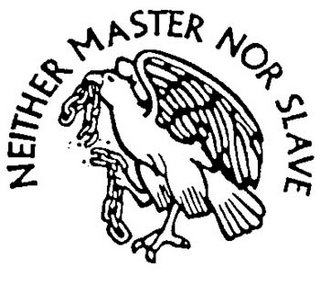By Marcy Kreiter @marcykreiter 01/20/20
David Attenborough's Climate Change - The Facts Trailer
KEY POINTS
Green swan events would be unexpected, have far-reaching consequences and can be understood only after the fact
The BIS report says central banks need to start factoring in climate change into their risk analyses
The report says central banks need to take a leading role to mitigate the effects of climate change
The Bank for International Settlements warned Monday climate change could trigger systemic financial crises – so-called green swan events -- as a result of uncertainty surrounding the physical, social and economic phenomena associated with global warming.
Just one day ahead of the start of the World Economic Forum in Davos, Switzerland, at which climate change is the major focus, the BIS said in its “The Green Swan” report central banks need to integrate climate-related risks into their analyses of financial stability. It also follows last week’s revelation that the last decade was the warmest on record.
The report said it used the definition of black swan events to come up with its green swan concept – taking into consideration unexpectedness and rarity, the widespread or extreme impact and that they can be understood only after the fact.
“Traditional backward-looking risk assessments and existing climate-economic models cannot anticipate accurately enough the form that climate-related risks will take,” the BIS said in a statement accompanying the report. “These include what we call green swan risks: potentially extremely financially disruptive events that could be behind the next systemic financial crisis.”
The BIS noted central banks alone cannot mitigate the risks of climate change but can help governments, the private sector, civil society and the international community cooperate by coordinating such policies as carbon pricing and developing new financial mechanisms at the international level. The report advised central banks not to wait for other government agencies to act.
“All these actions will be complex to coordinate and could have significant redistributive consequences that should be adequately handled, yet they are essential to preserve long-term financial [and price] stability in the age of climate change,” the BIS said.
The report follows announcements by investment bank Goldman Sachs and asset manager BlackRock they would cut back or no longer fund fossil fuel projects.
“Climate change poses unprecedented challenges to human societies, and our community of central banks and supervisors cannot consider itself immune to the risks ahead of us,” Bank of France Governor François Villeroy de Galhau said in the report’s forward. “The increase in the frequency and intensity of extreme weather events could trigger non-linear and irreversible financial losses. In turn, the immediate and system-wide transition required to fight climate change could have far-reaching effects potentially affecting every single agent in the economy and every single asset price.
He concludes: “If central banks are to preserve financial and price stability in the age of climate change, it is in their interest to help mobilize all the forces needed to win this battle. This book is an ambitious, carefully thought-out and therefore necessary contribution toward this end.”
RELATED STORIES









 (@ThomasL16765780)
(@ThomasL16765780)  Marci Newman Kitcho
Marci Newman Kitcho 








/https://static.texastribune.org/media/files/fe830c374a62e71a687fea09c674a94d/01%20AntiAbortion%20Sanctuary%20Cities%20BF%20TT.jpg)
/https://static.texastribune.org/media/files/5dfe12277e09a159642baed8f0ebe1e6/Planned%20Parenthood%20Austin%20TK%20TT%2002.jpg)
/https://static.texastribune.org/media/files/2846d92c52f7d2a59093dea46bbe3ac7/01_Shelby_Knowles_Rally_for_Life_SK_TT.jpg)
/https://static.texastribune.org/media/images/2015/08/18/AustinCityHall.jpg)

